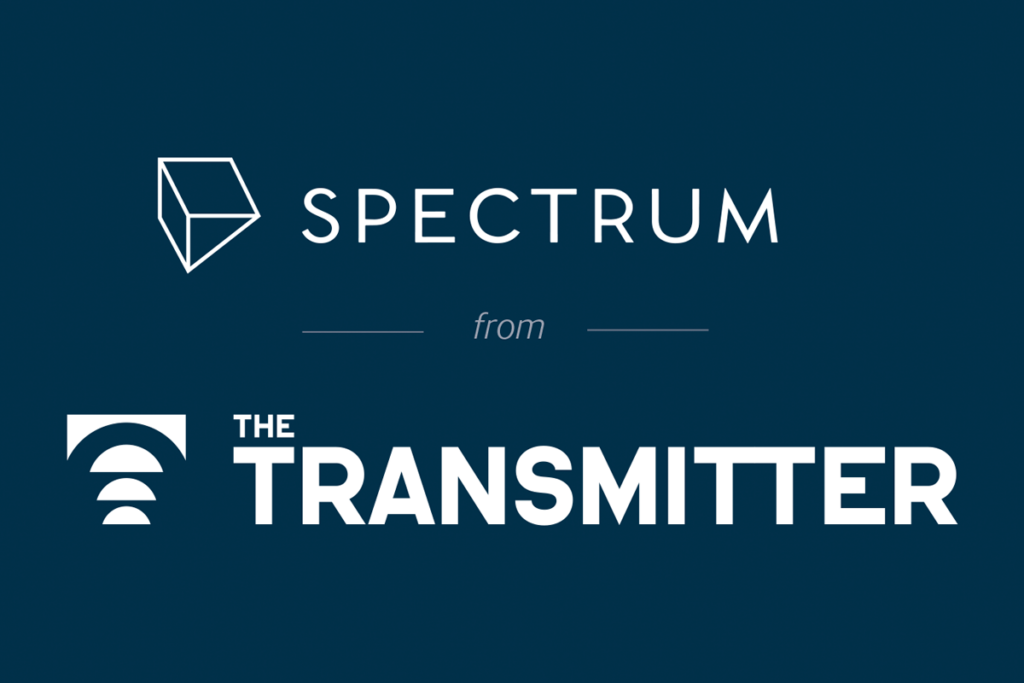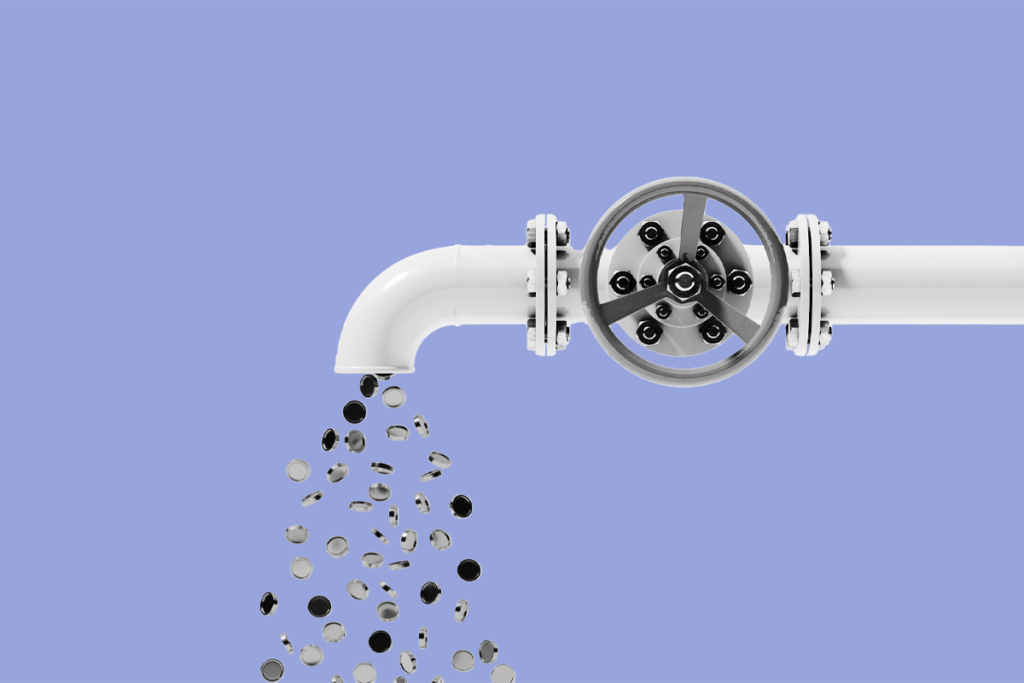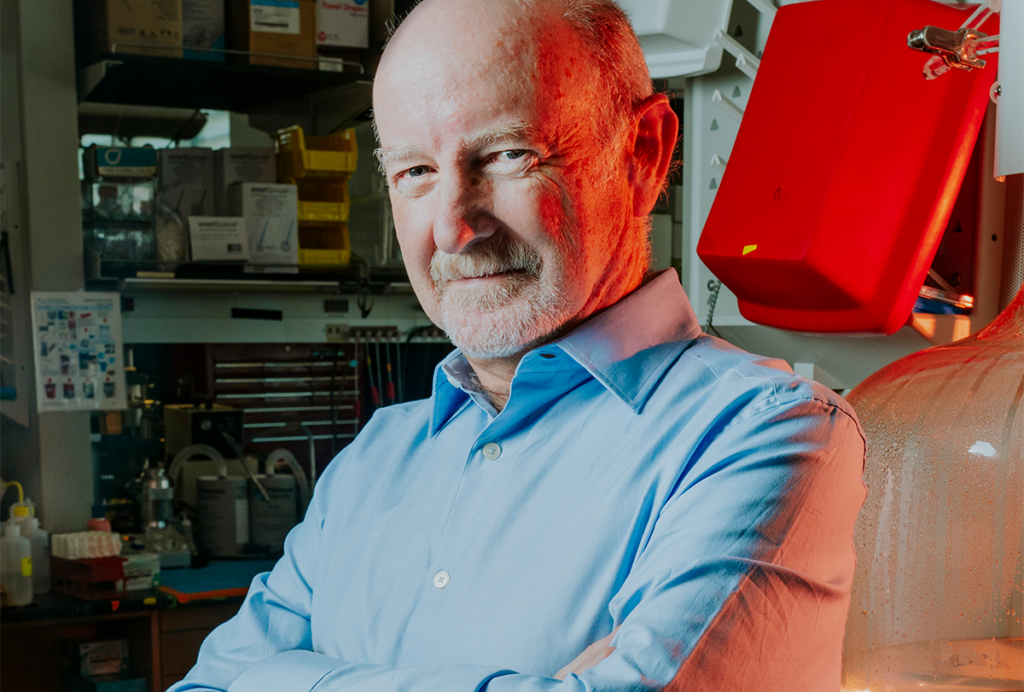2013: Year in review
Recent articles
Lab Libs 2013: A playful look back and ahead
What would you do with a carload of money? Which scientist secretly wants to be an NFL coach? Autism researchers fill in the year’s blanks … Mad Libs-style. Read and submit your own.

Lab Libs 2013: A playful look back and ahead
What would you do with a carload of money? Which scientist secretly wants to be an NFL coach? Autism researchers fill in the year’s blanks … Mad Libs-style. Read and submit your own.
Top quotes of 2013
Our favorite quotes from autism researchers in SFARI.org articles throughout the year.

Top quotes of 2013
Our favorite quotes from autism researchers in SFARI.org articles throughout the year.
Photographs: On the spectrum
In her quest to capture people's true selves on film, the photographer Stacie Turner launched a project focusing solely on children with autism.

Photographs: On the spectrum
In her quest to capture people's true selves on film, the photographer Stacie Turner launched a project focusing solely on children with autism.
Notable papers of 2013
Our annual list of the most influential papers in the autism field is culled from suggestions solicited from SFARI staff, as well as from experts in the field. Below is a selection of just some of these papers, presented in chronological order.

Notable papers of 2013
Our annual list of the most influential papers in the autism field is culled from suggestions solicited from SFARI staff, as well as from experts in the field. Below is a selection of just some of these papers, presented in chronological order.
Director’s column: 2013 in review
The past half-decade has seen dramatic advances in our understanding of the complexity of genomic variation in autism. Several papers published this year increase our knowledge of relevant genetic variation and indicate where in the brain these variants alter brain function to cause autism-like behaviors, says Louis F. Reichardt.

Director’s column: 2013 in review
The past half-decade has seen dramatic advances in our understanding of the complexity of genomic variation in autism. Several papers published this year increase our knowledge of relevant genetic variation and indicate where in the brain these variants alter brain function to cause autism-like behaviors, says Louis F. Reichardt.
Top tools and techniques of 2013
In 2013, neuroscience sought clarity, whether by looking directly into a transparent brain, building neurons in the dish with greater precision and accuracy than ever before, or manipulating a mouse’s brain while it’s on the run.

Top tools and techniques of 2013
In 2013, neuroscience sought clarity, whether by looking directly into a transparent brain, building neurons in the dish with greater precision and accuracy than ever before, or manipulating a mouse’s brain while it’s on the run.
Most-viewed articles of 2013
This is a list of the ten stories that most caught our readers’ attention this year.

Most-viewed articles of 2013
This is a list of the ten stories that most caught our readers’ attention this year.
Hot topics in 2013
This year saw the emergence of a few unexpected twists in autism research, and provided fresh insights into some of the usual suspects. Based on suggestions from several researchers and SFARI staff, here’s our list of the top ten topics this year.

Hot topics in 2013
This year saw the emergence of a few unexpected twists in autism research, and provided fresh insights into some of the usual suspects. Based on suggestions from several researchers and SFARI staff, here’s our list of the top ten topics this year.
Explore more from The Transmitter
Newly awarded NIH grants for neuroscience lag 77 percent behind previous nine-year average
Since President Donald Trump took office on 20 January, the National Institute of Neurological Disease and Stroke and the National Institute of Mental Health have awarded one quarter as many new grants as during the same two-month period, on average, since 2016.

Newly awarded NIH grants for neuroscience lag 77 percent behind previous nine-year average
Since President Donald Trump took office on 20 January, the National Institute of Neurological Disease and Stroke and the National Institute of Mental Health have awarded one quarter as many new grants as during the same two-month period, on average, since 2016.
Releasing the Hydra with Rafael Yuste
Losing HHMI Investigator status prompted Yuste to study neural networks in a new way.

Releasing the Hydra with Rafael Yuste
Losing HHMI Investigator status prompted Yuste to study neural networks in a new way.
Coding error caused layoffs at National Institute of Neurological Disorders and Stroke this week, source says
Thirty employees—including 11 lab heads—at the institute should “immediately return to work,” according to an email the institute’s Office of Human Resources sent to top administration at the institute Wednesday evening.

Coding error caused layoffs at National Institute of Neurological Disorders and Stroke this week, source says
Thirty employees—including 11 lab heads—at the institute should “immediately return to work,” according to an email the institute’s Office of Human Resources sent to top administration at the institute Wednesday evening.